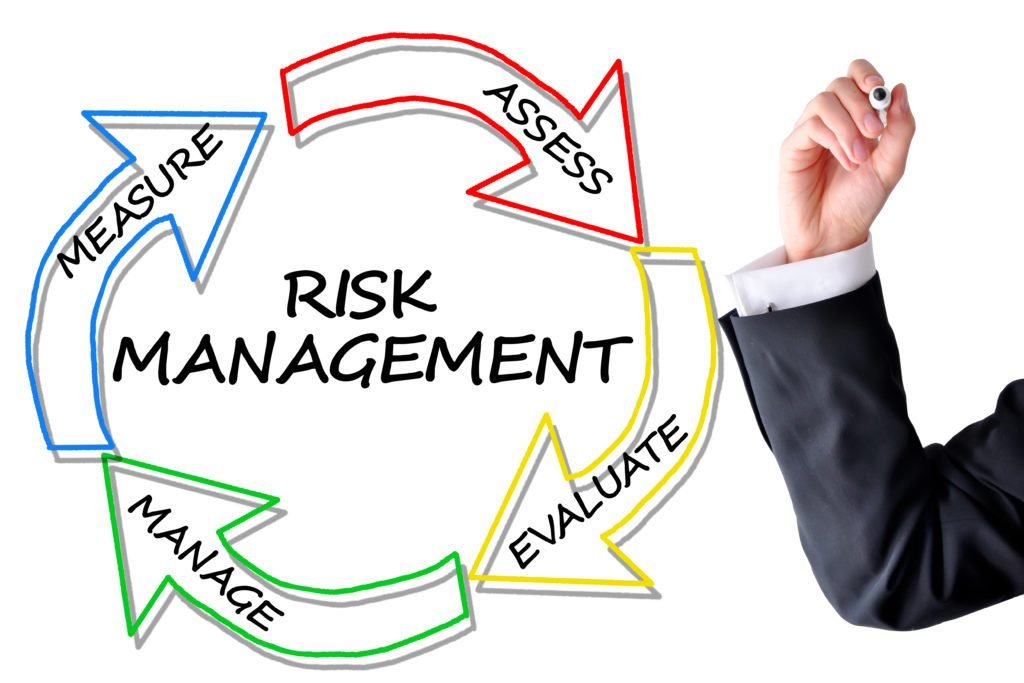What is Credit Risk?
Understanding the concept of credit risk assessment requires having proper knowledge of credit risk. So what exactly is credit risk? Credit risk can be simply explained as the risk of default on debt obligations by the borrowers. It occurs when the borrowers fail to meet their contractual debt obligations and are unable to repay the borrowed amount of money during a specified period.
Credit risk can lead to heavy losses for money lenders like banks and other financial institutions who lend funds to borrowers for a specified interest rate. Credit risk can disrupt cash flows for the lending party. It arises when money is not repaid within a specific period as agreed upon earlier. The risk and loses for lenders includes lost interest and principal amount. It can lead to an increased cost of collection for lenders.
Credit risk is mainly categorized under three types, this includes credit default risk, concentration risk, sovereign risk. The concentration risk arises when lenders are focused on providing money to a specific sector or industry. In the case of an economic downturn in these specific sectors or industries, there is high credit risk in the form of concentration of capital. Sovereign or country risk is related to credit risks arising as a result of special circumstances in a given nation or state.
Credit risk can be reduced or mitigated to some extent by having good credit policies in places or insuring the loan with some third party. Another method of risk management includes diversification of operations. Credit risk assessment is one of the most important aspects of credit risk management process.
Let’s delve deeper to understand the credit risk assessment concept in details.
Credit Risk Assessment
Assessing the credit risk of a borrower plays an important role in the overall profitability of the lending institution. A proper credit risk assessment process helps to weed out the defaulters and only provide loans to those within the desired credit risk limit of the lending party. It helps the organizations to know whether a borrower can pay back his loan in a specified duration of time.
Several factors help to determine the credit risk profile of a borrower. These factors include collateral or security, capacity to repay the amount, credit history, capital requirements and loan criteria. The suitability of loans and the associated credit risk is analyzed based on these important factors.
Credit risk measures the probability of loss while lending the money to a borrower. Credit risk assessment is a complex process as there are numerous factors at play. The ever-changing market condition also adds to the uncertainty of return and needs to be factored in while loaning out funds. Credit risk modeling is an important tool that helps to predict the probability of loss based on historical data of numerous borrowers.
The method of 3C is quite popular while conducting a credit risk assessment of a borrower. Let’s briefly explore these important aspects of the credit risk assessment process.
- Credit History: The credit history element judges the borrower based on his historical borrowing record. It measures the ability and intention of the borrower to repay the amount based on his past financial information.
- Collateral: Good collateral acts as a safety net for the lender and can speed up the loan process if a borrower offers to pledge collateral for the money. If the borrower fails to repay the loan then the collateral pledged can be sold to recover the loses by the lender.
- Cash flow: Cash flow is a measure of the capacity of the borrower to repay the loan amount. If the borrowing party has consistent and sufficient cash flow, they can easily repay the loan amount.











